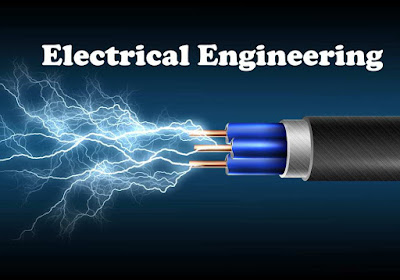(a) Shunt motor
(b) Series motor
(c) Cumulative compound motor
(d) Differentiate compound motor
Ans: b
2. The direction of rotation of a D.C. series motor can be changed by
(a) interchanging supply terminals
(b) interchanging field terminals
(c) either of (a) and (b) above
(d) None of the above
Ans: b
3. Which of the following application requires high starting torque ?
(a) Lathe machine
(b) Centrifugal pump
(c) Locomotive
(d) Air blower
Ans: c
4. If a D.C. motor is to be selected for conveyors, which rriotor would be preferred ?
(a) Series motor
(b) Shunt motor
(c) Differentially compound motor
(d) Cumulative compound motor
Ans: a
5. Which D.C. motor will be preferred for machine tools ?
(a) Series motor
(b) Shunt motor
(c) Cumulative compound motor
(d) Differential compound motor
Ans: b
6. Differentially compound D.C. motors can find applications requiring
(a) high starting torque
(b) low starting torque
(c) variable speed
(d) frequent on-off cycles
Ans: b
7. Which D.C. motor is preferred for elevators ?
(a) Shunt motor
(b) Series motor
(c) Differential compound motor
(d) Cumulative compound motor
Ans: d
8. According to Fleming's left-hand rule, when the forefinger points in the direction of the field or flux, the middle finger will point in the direction of
(a) current in the conductor aovtaat of conductor
(c) resultant force on conductor
(d) none of the above
Ans: a
9. If the field of a D.C. shunt motor gets opened while motor is running
(a) the speed of motor will be reduced %
(b) the armature current will reduce
(c) the motor will attain dangerously high speed 1
(d) the motor will continue to nuvat constant speed
Ans: c
10. Starters are used with D.C. motors because
(a) these motors have high starting torque
(b) these motors are not self-starting
(c) back e.m.f. of these motors is zero initially
(d) to restrict armature current as there is no back e.m.f. while starting
Ans: d











0 comments:
Post a Comment